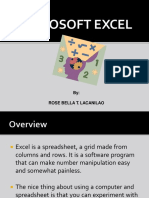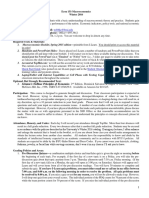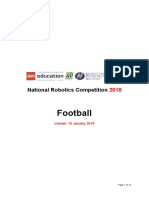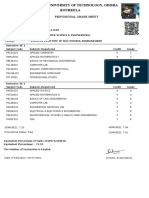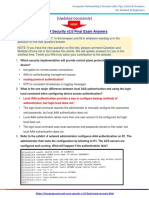0% found this document useful (0 votes)
30 views3 pagesExcel Questions Answers
The document provides a comprehensive overview of Microsoft Excel functions, including examples of key functions like SUM, AVERAGE, and VLOOKUP. It discusses the efficiency of calculations, the use of AutoFill, and clarifies differences between worksheets and workbooks, formulas and functions, as well as relative and absolute references. Additionally, it covers data types, components of the Excel window, application areas, and practical steps for creating named ranges and freezing headings.
Uploaded by
Horen NyagaCopyright
© © All Rights Reserved
We take content rights seriously. If you suspect this is your content, claim it here.
Available Formats
Download as DOCX, PDF, TXT or read online on Scribd
0% found this document useful (0 votes)
30 views3 pagesExcel Questions Answers
The document provides a comprehensive overview of Microsoft Excel functions, including examples of key functions like SUM, AVERAGE, and VLOOKUP. It discusses the efficiency of calculations, the use of AutoFill, and clarifies differences between worksheets and workbooks, formulas and functions, as well as relative and absolute references. Additionally, it covers data types, components of the Excel window, application areas, and practical steps for creating named ranges and freezing headings.
Uploaded by
Horen NyagaCopyright
© © All Rights Reserved
We take content rights seriously. If you suspect this is your content, claim it here.
Available Formats
Download as DOCX, PDF, TXT or read online on Scribd
/ 3









